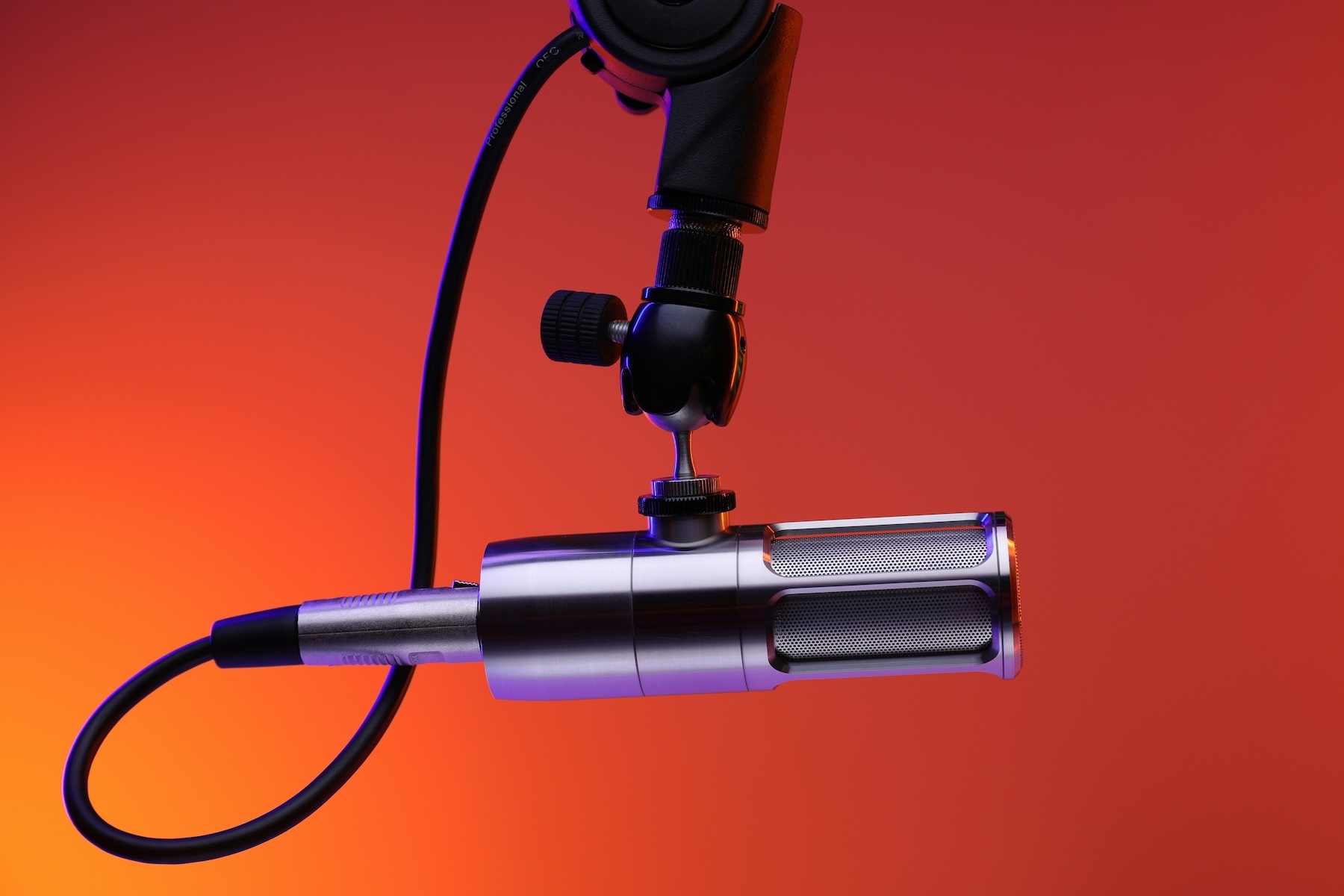- cross-posted to:
- [email protected]
- cross-posted to:
- [email protected]
[…] being able to say, “wherever you get your podcasts” is a radical statement. Because what it represents is the triumph of exactly the kind of technology that’s supposed to be impossible: open, empowering tech that’s not owned by any one company, that can’t be controlled by any one company, and that allows people to have ownership over their work and their relationship with their audience.
What podcasting holds in the promise of its open format is the proof that an open web can still thrive and be relevant, that it can inspire new systems that are similarly open to take root and grow.



AntennaPod (OpenSource) and I subscribe to RSS feeds. How else would you do it? Spotify? That crap can’t even reliably store where I paused last time.
As a devoted AntennaPod user, it works damn well.
Ooh. Nice! I hadn’t heard of AntennaPod before. It seems to have everything that I use in Pocket Casts except for trim silence. I will try it out for a while and see if I miss that. I do use it and it saves a lot of time. Still though, OSS is a big draw.
Edit: It also doesn’t open the queue or start playing automatically in Android Auto.
After reading your comment, I checked my Pocket Casts stats page and it looks like between the skipping, variable speed (1.5-2x), and trimmed silence (mad max), I save nearly 20% of listening time with the majority of that being the silence trimming.
Might be an outlier, but with daily podcast listening, trimming is important enough to keep me on Pocket Casts, even though AntennaPod is attractive given it’s open source nature.
You made me check. Since August 2018, I’ve cut about 1d using variable speed, and 1.5d using silence trimming. I’m only using mild at the moment, and have used medium before, but mad max was too much for my taste. But since I’ve listened for 83d, silence trimming is a <2% saving for me, so it might not mean much.
Edit: I do use it extensively specifically when catching up on the backlog of a podcast. So it probably accounts for way more during those times.
Sounds like my usage is just different to yours. I can’t remember why but I got accustomed to listening to audio at increased speed around a decade ago and slowly cranked it up to the point that now I can follow certain people’s conversations slightly higher than 2x. Only with voices and cadence I’m familiar with though. Any guests on a show can really throw me off.
The silence trimming aspect is a bit absurd honestly. It makes laughter sound almost all the same and robotic; you have to infer where comedic, dramatic, or thoughtful pauses in the speech are; and if there’s a more rapid fire back and forth in the conversation it can be tricky to follow. Although that last point doesn’t happen with podcasts where all the speakers record separately and it’s edited together to be coherent.
If you listen to a lot of shows, with hundreds of hours of episodes, it’s worth dialing up as much as you can stand. Then again, if I didn’t have two dozen podcasts with decades of backlog, I sure wouldn’t be listening at auctioneer pace.
Correcting myself here. AntennaPod does have silence trimming, but it’s neither a player button nor in settings, but in a …-menu at the top of the player, which made it a bit hard to find (Same can be said about some settings in Pocket Casts.) and there’s no graduation, so it’s mad max only, from how it sounds.
Consuming podcadts through Spotify is a wild concept.
Yeah, but the RSS feeds is the where er. Lots of podcasts only have ivoox, apple podcasts or spotify, and getri g their RSS, specially for older episodes, is absolute shit
I would think podcasts without RSS is a tiny minority, and I wouldn’t take them seriously. And I’ve never even heard of ivoox.